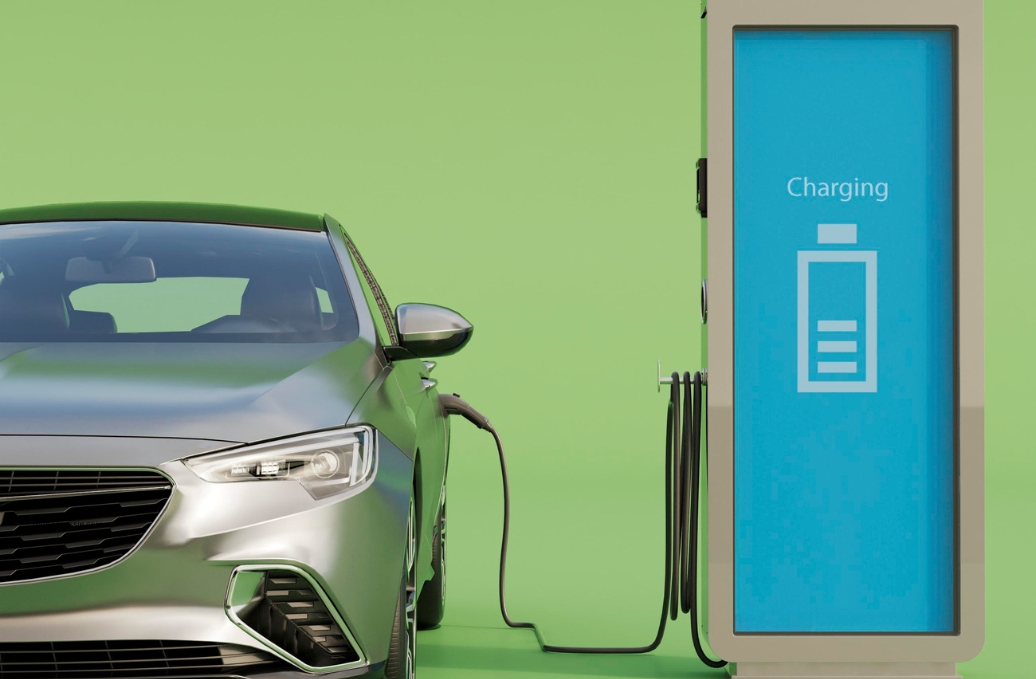Introduction
Solar photovoltaic (PV) continues to dominate the renewable energy growth story. In 2024, global installations set new records, and 2025 is shaping up to be another watershed year. But behind the headline numbers lie regional imbalances, supply chain shifts, and evolving business models that will define who wins in this energy transition. Let’s dig into the trends, hurdles, and actionable insights across markets.
1. Record Growth & Projections
In 2024, the world added approximately 597 GW of new solar PV capacity — a 33% increase over 2023. SolarPower Europe Cumulatively, global PV capacity exceeded 2.2 TW by year’s end. IEA-PVPS+1 Forecasts for 2025 point to continued growth: SolarPower Europe projects 655 GW of new installations this year under a moderate scenario. pv magazine International+1 Meanwhile, BloombergNEF sees upside potential of up to 700 GW in 2025. pv magazine International These figures reflect solid momentum, though growth rates may decelerate compared to the 2023–2024 surge. PV Tech+1
2. Regional Dynamics & Disparities
Asia & China
Asia remains the engine of solar growth. In 2024, China alone contributed over half of all new global PV capacity. IEA-PVPS+2SolarPower Europe+2 As module manufacturing capacity is pushed toward 1.8 TW in 2025, China’s dominance in the supply chain becomes more entrenched. PV Tech
Europe & North America
Outside Asia, Europe and the U.S. are still major markets. In 2024, the EU added ~62.6 GW, and the U.S. ~47 GW. IEA-PVPS+2SolarPower Europe+2 That said, trade tensions, tariffs, and grid constraints may slow momentum in some developed markets. PV Tech+2SolarPower Europe+2
Growing Markets: Africa, Latin America & India
Emerging markets are starting to shine. India is expected to be among the top growth geographies in upcoming years. Global Solar Council+1 In Latin America, Brazil has already installed ~53.9 GW of PV by early 2025, making solar ~21.9% of its electricity mix. Wikipedia Africa’s pace is slower, but solar + off-grid models are gaining traction due to grid challenges and cost pressures.
3. Key Drivers & Headwinds
Drivers
- Falling module and component costs — competition and scale are driving prices down
- Policy support & incentives — feed-in mechanisms, auctions, and climate targets still matter
- Vertical integration & scale — firms combining manufacturing, development, and financing
- Hybrid systems — solar + storage, agrivoltaics, building-integrated PV opening new value chains
Headwinds
- Trade restrictions & tariffs — they can distort supply chains and raise prices SolarPower Europe+1
- Interconnection and grid bottlenecks — many markets struggle to connect new capacity reliably
- Financing risk & macro uncertainty — high interest rates, policy flip-flops slow project execution
- Curtailment & overcapacity — in some grids, solar output must be curtailed when supply outpaces demand
4. What It Means for Your Solar Business
- Build flexibility into your project pipelines: delays, regulatory shifts, and component lead times will matter.
- Focus on differentiated offerings: integrated storage, smart inverters, hybrid solutions are increasingly table stakes.
- Consider underserved markets: regions with weaker grid infrastructure may leapfrog with solar + microgrid models.
- Partner for scale and risk-sharing: financing, deployment, and operations are resource-intensive — alliances help.
Conclusion
The solar PV market in 2025 is at an inflection point. The era of scaling by brute force is giving way to maturity: smarter deployment, grid integration, storage, and resilient business models count now. For companies working in solar, success will depend less on chasing volume and more on anticipating system-level value and market complexity.

